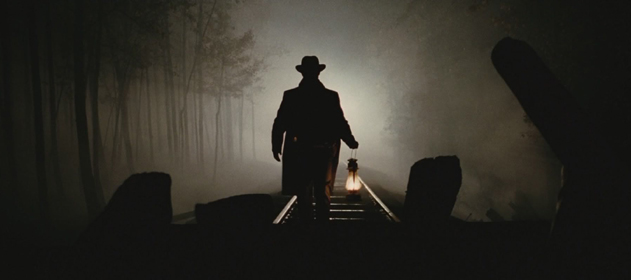
A master class can be a bit paradoxical at times. This is the opportunity to introduce newcomers to the prime examples of a particular subject. Do we go with the blatantly obvious options, or do we give them cases that they would have never thought to explore? This is a concerted effort to attempt to do both.
Today, we’re looking (appropriately) at films that revolutionized lighting. Cinematography is comprised of a few key aspects: colour, arrangement, depth, and, of course, lighting. We’re only going to look at the lighting in these films, but you can see how the other components of cinematography get affected by the lighting alone here.
These ten films are exemplary in their approaches to how lighting and shadows can affect a film. Some of these have different approaches to the medium, while others flat out changed how we even use these effects. In chronological order, here are ten movie masterpieces that are textbooks on lighting.
1. Citizen Kane (1941) Cinematographer: Gregg Toland
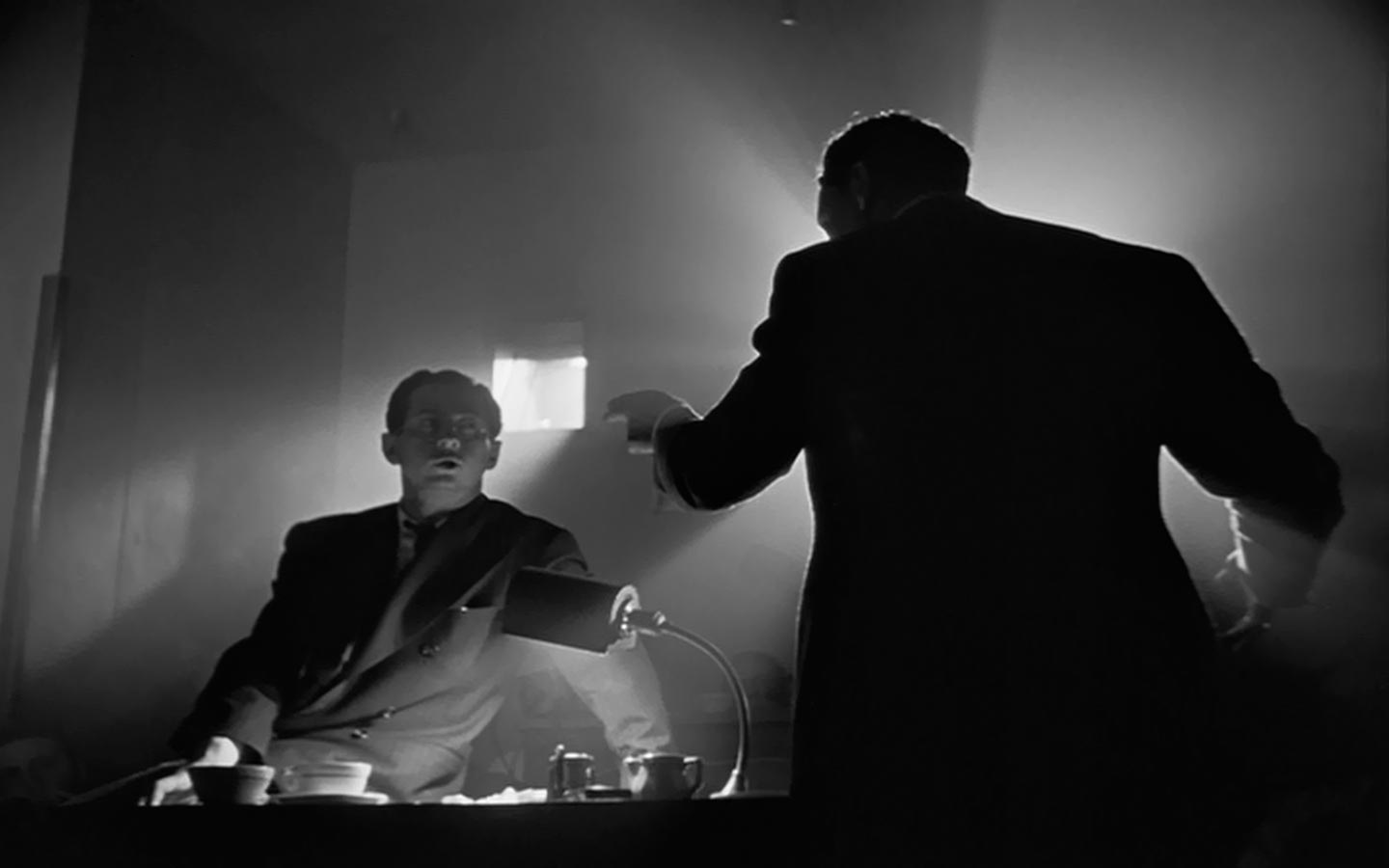
It took a real maverick to create one of the most audacious films in the golden age of Hollywood cinema. Orson Welles – only twenty five when he directed, produced, co-wrote and starred in this opus – defied Hollywood at every turn. He focused on how every piece of a film can contribute to the whole; this included the production elements, including lighting. Darkness engulfs many backdrops, with light being used almost exclusively in a symbolic way.
One beautiful example is right near the start, where a room darkens after a newsreel is finished being shown. All of the figures in the room are dark silhouettes; a presently anonymous crowd, like us, discovering the life of Charles Foster Kane.
Gregg Toland’s deep-focus work has continued to receive praise to this day, but let’s not forget that this focusing is going on while lighting and shadows are being played with at an extreme level (what can be picked out in the darkest scenes, and how can everything be brought out when a focal point is so bright?). If you’re looking for an early example, you might find it hard to shy away from this classic.
2. The Red Shoes (1948) Cinematographer: Jack Cardiff
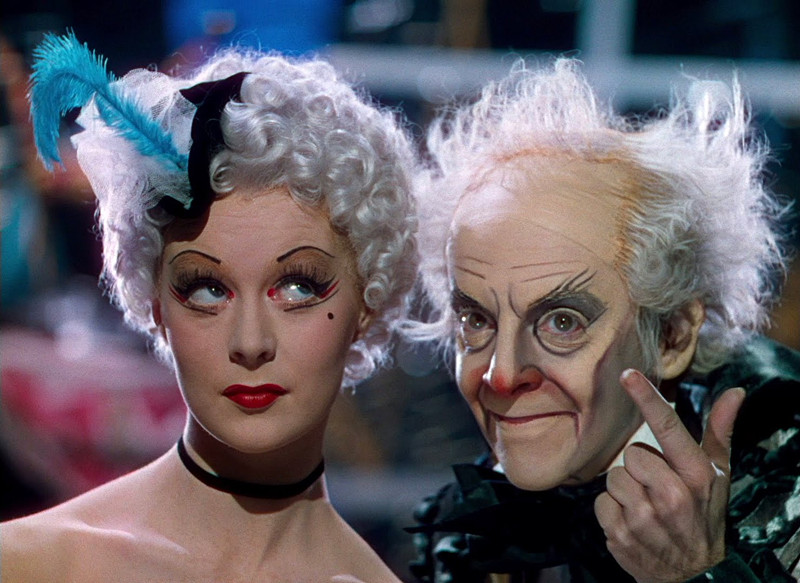
Shortly after Citizen Kane, we were given a prime example of lighting used in a film with colour. Jack Cardiff has worked with some of the best filmmakers (Vidor, Huston, Hitchcock), including Michael Powell and Emeric Pressburger on their ballet fable The Red Shoes.
To enhance the film in a thematically appropriate way, the entire film is shot as if it were a ballet performance. This includes colourful flood lights, dark back drops, and lit center points that almost feel like a spotlight. During the actual dance routines, the use of wider shots allow us to differentiate between reality and fiction a little bit better, but even the lighting is just the tiniest bit stronger.
When the dance is over, the magic still lingers, since the lighting between the two kinds of scenes isn’t all too different. There are so many strong thematic parts at work here (the thick make up, the elaborate costumes and sets), but the lighting helps bring it all together in a stunningly theatrical way.
3. The Night of the Hunter (1955) Cinematographer: Stanely Cortez
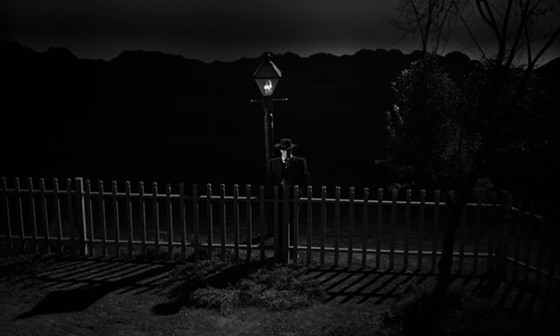
Charles Laughton was very similar to Orson Welles when it came to his intention of working against the grain. Sadly, he was so unorthodox with his opus (The Night of the Hunter), that we never saw the acclaimed actor work on another film. Darkness is used so prominently, that shadowy figures pop-out amongst other shadows (thanks to the use of very subtle back lighting). Parts of each shot are vignettes thanks to their obsidian enclosures.
Some shots almost feel like a pop-up book (or a German expressionist film from the silent era) because of their layering (dark subjects and light backdrops sitting on top of one another). Stanley Cortez continued to receive work after his dismally-shot masterwork (even having started work on Polanski’s Chinatown, before he and the director had a falling out), but Laughton never recovered as a director. It’s a shame, because The Night of the Hunter is so ahead of its time, there still aren’t films shot this way.
4. Persona (1966) Cinematographer: Sven Nykvist
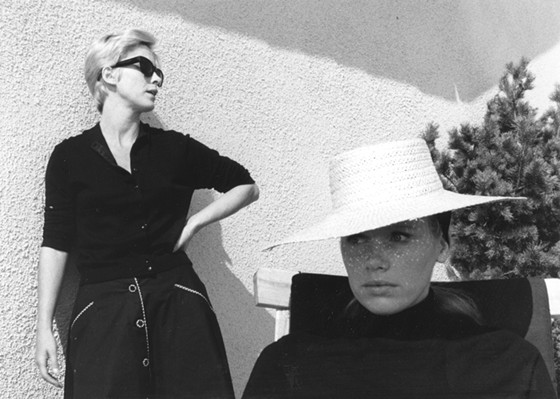
What rules didn’t Persona try and break? Ingmar Bergman’s collaborations with Sven Nykvist aren’t exactly a secret, but there still may not be a finer example than what they achieved with Persona. The entire production was one experiment after the other, including what could be done with lighting. There are so many crazy examples, it’s hard to just pick out one. The way the television lights up the hospital room and Elisabet’s face.
The iconic bedroom scene, where Elisabet drifts from the darkest corridor into the brightest bathroom, all while blending in like a phantom. Even the lack-of-film was used as lighting; the moment where the film “splits in half” and the empty space was enhanced by the theatre projector to create light out of nothing.
The blurring or shrouding of faces (and the creation of silhouettes) helps to emphasize the ambiguity of this film: are these characters all the same person, are they all separate, or do they not exist at all? From the early image of the indistinguishable faces illuminating the young boy trying to grasp at them, you knew this film would be extraordinary lighting wise.
5. Barry Lyndon (1975) Cinematographer: John Alcott

It’s no surprise that Stanley Kubrick was previously a professional photographer nowadays. With the internet and the gorgeous filmography at our leisure, we know of Kubrick’s connection to visual style. He worked a number of times with cinematographer John Alcott on a few masterpieces, but the film that may be their crowning achievement (which is saying a hell of a lot) is Barry Lyndon.
The creation of special cameras for this film is just the start. These cameras (which worked with the lowest f-stop in film history, along with other technical alterations) were able to shoot scenes that relied on only natural lighting, including shots that had nothing but candle light (and no help from artificial lighting).
Not only did the film come to life in a breathtaking way, each and every image (already blessed with the richest of pastel colours) looked like a painting that had come to life. There aren’t many films more beautiful than Barry Lyndon, and the use of natural lighting (candle light, sunlight through windows, reflections and more) is a major reason why.